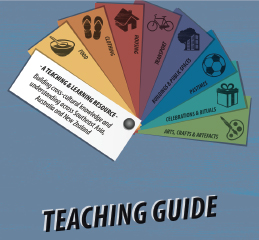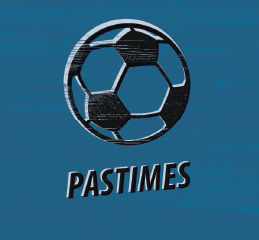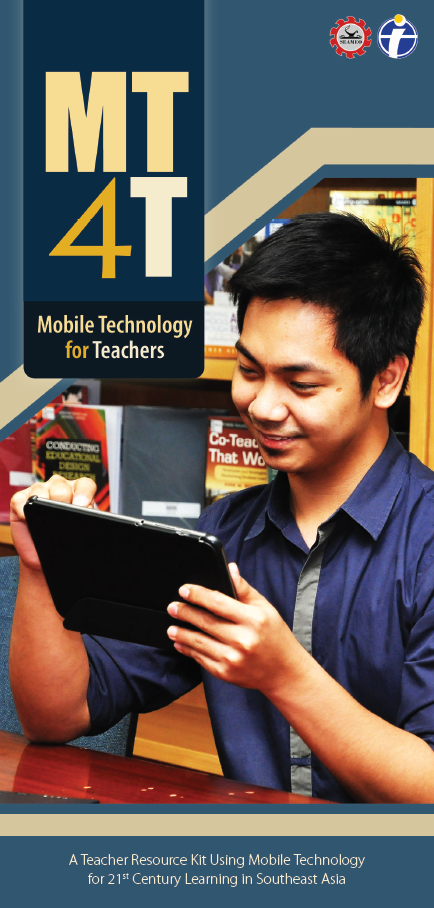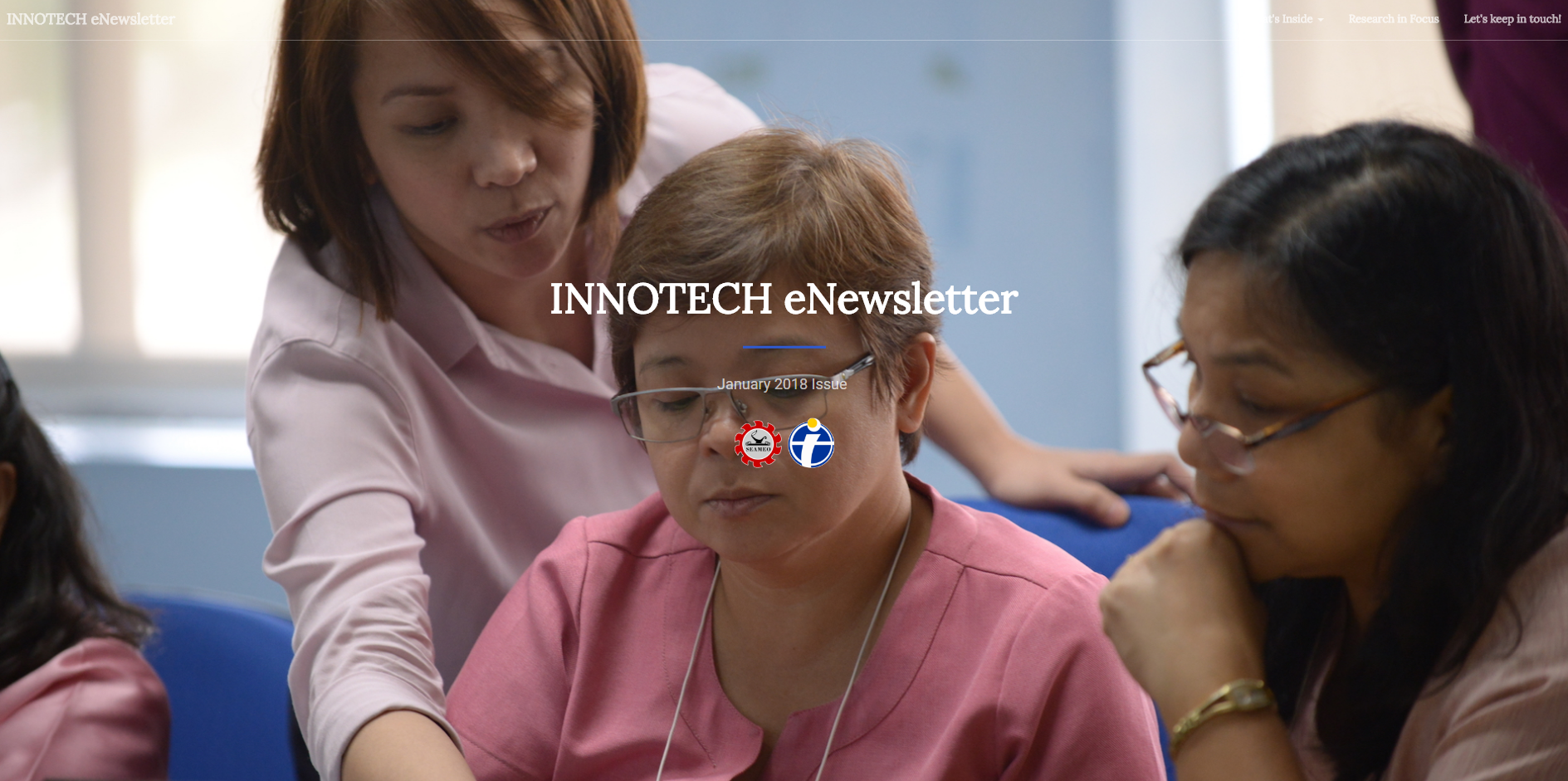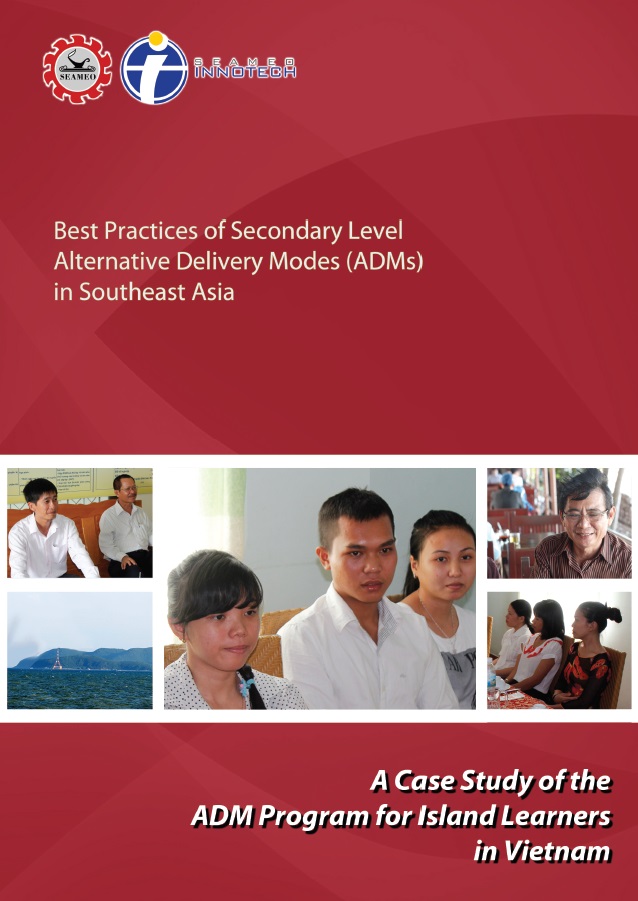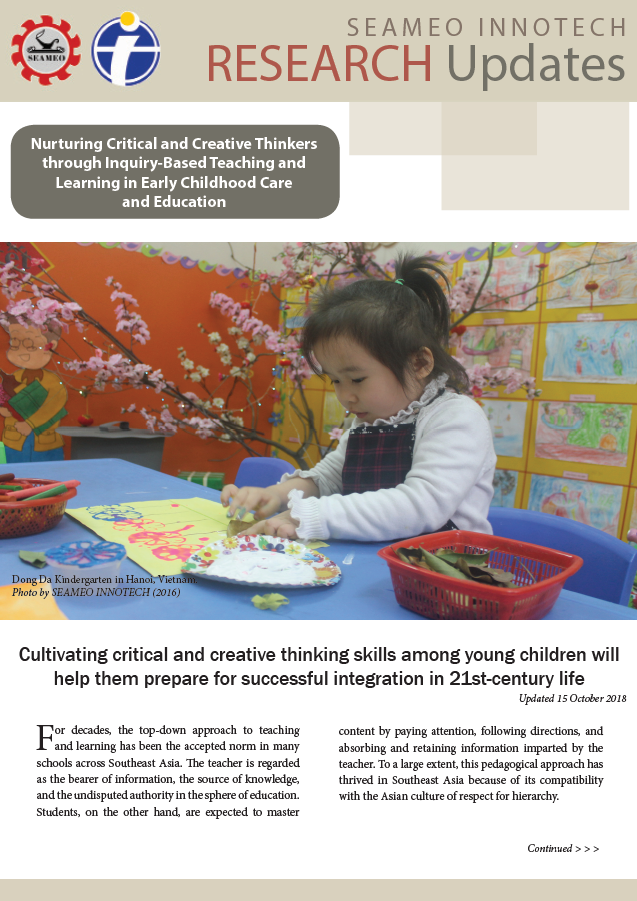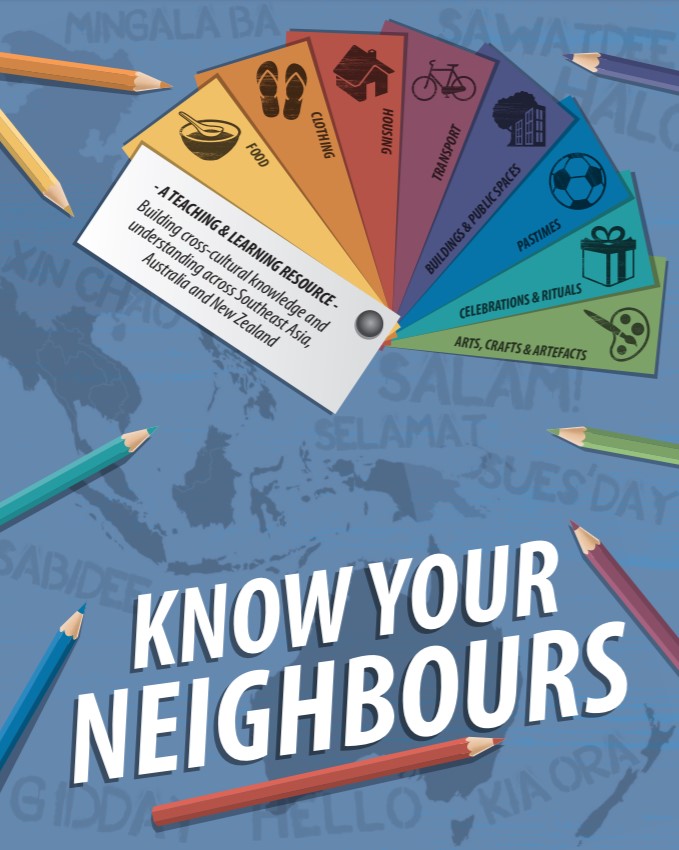
PURPOSE
The resource contains teaching and learning materials that help students to appreciate the commonalities and points of difference between their own and other cultures and faiths across Southeast Asia, Australia and New Zealand. The resource aims to do this by: (1) building students’ cross-cultural knowledge, awareness and understanding; and (2) providing opportunities for students to interact and discuss key messages around cultural understandings across a series of topics.
TARGET AUDIENCE
The materials provided in this resource kit are intended for use in classrooms with students aged between 13 and 18 years. If translated into local languages, the resource would be suitable for a lower age group, but, equally, care has been taken to make the resource appropriate for use in English language classes.
REGION
To enable the resource to be as effective as possible we have focused it at a smaller, sub-regional level. The information covers Southeast Asia, New Zealand and Australia. We hope that by building awareness and understanding of our “neighbourhoods” rich diversity, this resource will also support calls for a stronger regional community.
CONTENT
Content is provided in both digital and hard copy formats. Blank templates will be provided on the CD-ROM to enable the material to be translated into local languages while retaining the design format. The folder contains:
1. An introduction for teachers, outlining the purpose of the resource and an explanation of its contents.
2. Student activities – a number of simple classroom activities are suggested to help students engage with the content of the fact sheets and picture packs. These activities will encourage the students to gain knowledge, compare and contrast ideas, question and discuss new concepts, and present their learning. Suggestions are provided on ways teachers might integrate this resource into their classroom teaching and learning programmes. A range of teaching strategies are provided that encourage students to think about and discuss different communities and cultures, with the ultimate goal of promoting greater knowledge and understanding of our region’s diversity.
3. A series of factsheets for each of the eight topics contain factual information, teenagers’ comments and questions for students. The layout of the factsheets is appealing and enables key information to be readily located. Each topic has an associated symbol which works as a quick-reference tool for the resource.
The eight topics covered in the resource are: food, clothing, housing, transport, buildings and public spaces, pastimes, life celebrations and rituals, and arts, crafts and artefacts.
A picture pack of coloured photographs from around the region is provided for each topic with a number of related questions and discussion starters printed on the back of each photo. These questions help students to engage with the specific topic by applying information they have learnt from the factsheets to the images provided.
All the material provided in the hard copy resource is also available on a CD-ROM to enable translation and easy adaptation of the material to suit the local curriculum or learning programme.
POSSIBLE CURRICULUM ALIGNMENT
This resource is designed for teachers to use within the Social Sciences learning area (or equivalent) of the school curriculum. The materials can either be used as provided or adapted to national curriculum requirements.
Evidence shows that there are four key principles that should underpin teaching and learning in the social sciences area:
- connection: connecting curricular content to students’ lives outside school
- alignment: aligning learning experiences to connect with students’ prior knowledge and move them towards important outcomes
- community: socialising students to collaborate and support one another within a classroom environment;
- interest: designing learning experiences that are aligned with important outcomes but also provide students with interesting learning experiences that engage them in a variety of learning processes.
LANGUAGE REQUIREMENTS
Consideration has been given to English being a second language for many students. The fact sheets are written in plain English, design elements enable easy reading comprehension, and blank templates have been provided to enable the content to be translated if necessary.
Picture packs are included because they transcend language barriers, and when linked with the fact sheets, provide students with a lot of information.
SUGGESTED DISTRIBUTION METHODS
National education officials can determine the way the resources will be distributed and used. This could include:
- Re-printing the resource and distributing it to all schools
- Translating the resource, printing and distributing it
- Uploading the content to a well known website and promoting the resource within the education community.
IMPETUS
East Asia Summit Leaders at their 2007 meeting in Singapore encouraged the development of projects to foster dialogue among faiths, cultures and communities with the goal of improving relations and understanding between communities in East Asia and elsewhere. The ‘Know Your Neighbours’ education resource was developed in response to this call.
New Zealand recognises the important role effective and informed education can play in creating more inclusive and harmonious societies and a more interconnected regional community. The ‘Know Your Neighbours’ resource is intended to assist this process by providing a teaching tool that enhances students’ awareness and understanding of our region’s diversity.
Know Your Neighbours was developed by the New Zealand Ministry of Foreign Affairs and Trade.
Research was managed by Professor Abdullah Saeed from Australia’s Asia Institute and National Centre of Excellence for Islamic Studies at the University of Melbourne.
The resource materials were designed by Educating NZ.
For more information please contact:
New Zealand Ministry of Foreign Affairs and Trade
ISED@mfat.govt.nz
+64 4 439 8000
Download the individual resources through these buttons
Get the complete pack through the download button below





